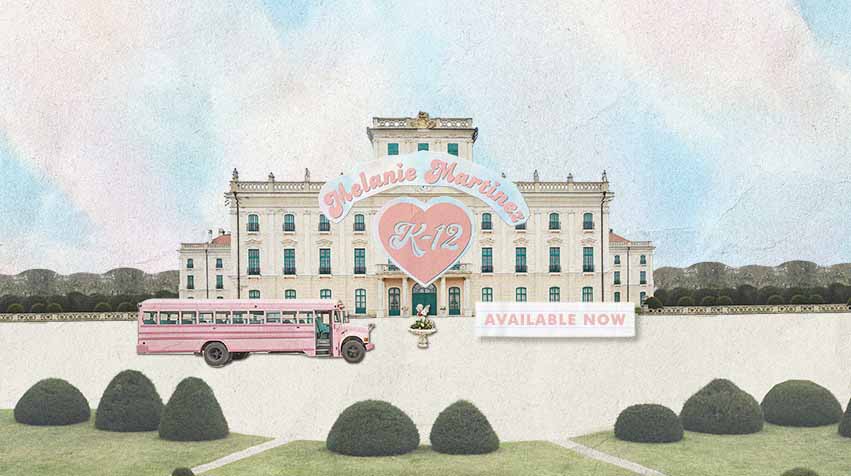
I love walking through campus at night. The globe lamps are perfectly mysterious and the looming academic buildings cast eerie shadows. Although, I sometimes catch myself looking back, especially after hearing suspicious sounds.
Scattered around campus are tall poles with blue lights. This blue light system is under the name “Code Blue.” It serves a simple purpose: to keep students safe. The poles have buttons that, if pushed, contact the police. I don’t mind having a glimmer of blue following me around — in case someone else is. But, take a minute to look around our campus. When was the last time you saw a giant blue pole on your way to class?
On other campuses, the Code Blue system has a rule: if you’re standing at a light, the next one should be in your sight. You should always have a blue light in view in case of emergency. However, if you look around our campus, there aren’t very many lights. You might see one near a dorm or parking garage, but there aren’t nearly enough. When I toured this university, almost a year ago, the absence of blue lights compared to other campuses was alarming. Other schools made a point to identify the lights and show how close they were to each other.
Now, this isn’t to say that Ole Miss doesn’t prioritize safety. Every freshman is told to download the LiveSafe app, and we’re given the emergency and non-emergency number for the University Police Department. I’m safe as long as I have my phone, but phones can die and reception can be spotty. We need to be prepared, and the presence of more blue lights around campus could save lives.
With today’s technology, the idea of being able to call UPD anywhere at anytime is very appealing. Bulky blue lights that clutter up our nationally ranked campus aren’t desirable, and they’re expensive. The University of Nebraska spent $1.7 million on blue lights, but if it helps one person, then it’s worth it; it won’t help anyone if no one knows about them. I asked a few friends what they thought about the blue light system and all of their responses were the same.
“What?”
They were unsure of what I meant by the “blue light system” and after I explained it, they couldn’t remember ever being told about it. Although it’s a resource that isn’t heavily used, it is a resource nonetheless, and it needs to be talked about. And not just for students. On game days, the Grove is filled and UPD’s hands are full. Even though extra security is brought in, they can’t be everywhere, and they have specific roles that need to be dealt with. The blue lights are a reliable source in high-stress situations.
I know Ole Miss cares about its students and community and the intention is not to put them into dangerous situations, but the solution to a problem is not to ignore it. Something as expensive as the Code Blue stations were not invested in just so they can be brushed off. They are a valuable commodity that the university should not take lightly.
Emily Stewart is a freshman international studies and Arabic major from Columbia, Tennessee .















